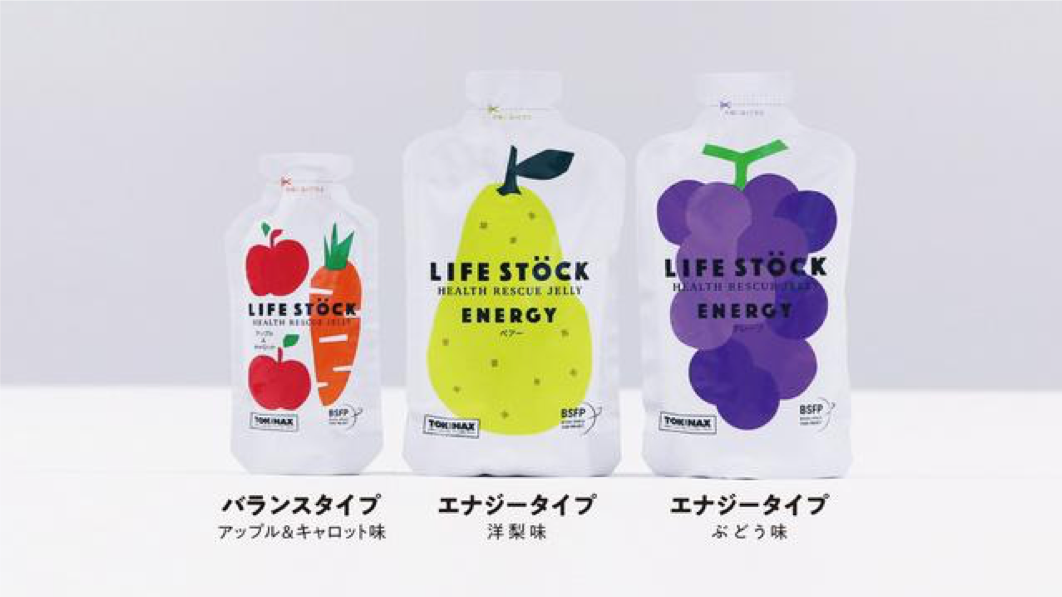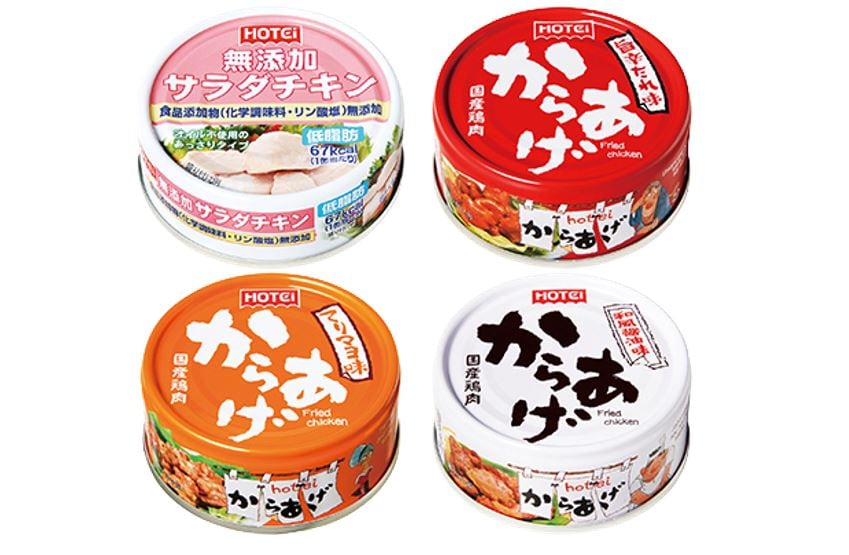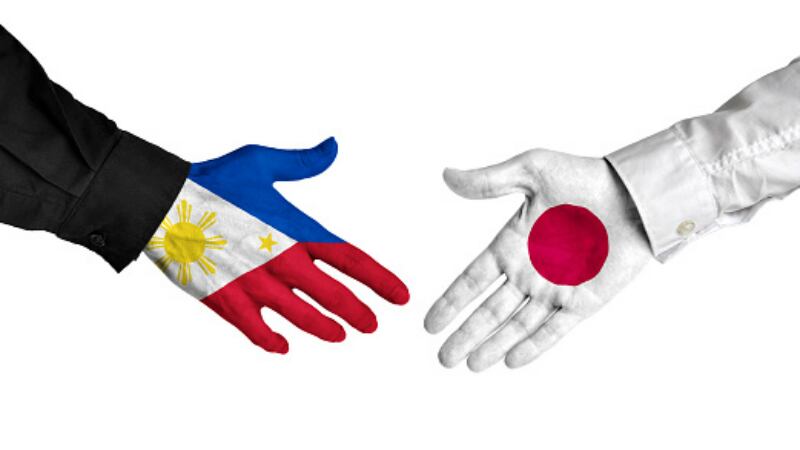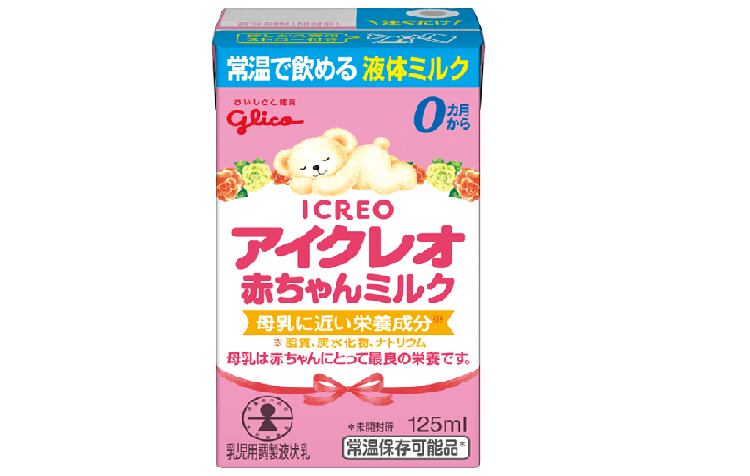Sold under the brand Life Stock and made by Bosai Space Food Project, the jelly products aim to be stockpile food for the Japanese population during disaster times.
These products do not require the need for water, and contain dietary fibre and seven types of vitamins.
It consist of three products which the company claims can replenish calories and nutrients, Life Stock Energy (Pear flavour), Life Stock Energy (Grape flavour), and Life Stock Balance (Apple and carrot flavour).
The firm said two weeks after pre-sales started in September on Japanese crowdfunding site Makuake, it achieved sales of JPY 2.5 million (US$23,000).
They cost about JPY 2,000 (US$18) for five jelly packets (Energy) or the same price for nine packets (Balance).
The firm will manufacture Life Stock in in its new production plant in Tagajo City, Miyagi Prefecture, which was completed in May this year.
Food and space partnership
The Bosai Space Food Project is a collaboration between Japan Aerospace Exploration Agency (JAXA) and One Table, a company operating restaurants, hotels, product development, disaster stockpiling in Miyagi Prefecture.
They signed an MOU in August 2018 to combine space knowledge and R&D to develop new foods that can be used in both space and disasters.
So far, about 10 other companies had also participated in the project to develop space-related foods.
Existing emergency ration challenges
One Table’s president and CEO, Masayuki Shimada said current emergency rations were disadvantaged especially when infrastructure was limited.
He said: “Dry bread is especially dry when no water is available, so infants and elderly people with weak chewing ability cannot eat.”
Dry bread is representative of stockpile foods, containing carbohydrates. He noted that people who were allergic to gluten were also unable to consume dry bread.
In addition, “retort and instant foods like rice and noodles are not useful if water, gas and electricity are not available,” he added.
Shimada said immediately after a disaster, the most urgent situation was always the lack of water.
Life Stock jelly products contain 72% moisture level, which the firm said could be used as hydration and prevent heat stroke, and constipation.
He explained that existing stockpile consist of foods high in carbohydrate and sugar, such as bread and rice balls. This causes nutrition imbalance, and could led to fatigue and poor physical condition. It could also reduce immunity and led to the spread of colds and infectious diseases.
Another obstacle he observed was the lack of suitable foods for people with certain health conditions, like diabetes.
Jelly disaster food
Shimada said Life Stock can be eaten without water or power and it can be stored at room temperature for 5.5 years.
He said Life Stock aimed for a shelf life more than five years, because existing dry bread had a shelf life of five years.
The company developed and patented a filling technology, Tokinax, which combined aseptic filling and a four-layer film containing aluminium for the pouch.
He described the pouch as “thin, but no different from a can of food.”
The future
The company aims to develop more flavours of jelly in the future, as well as other products such as allergen-free foods and baby foods.
In medical and nursing care, the company is also exploring products that can be consumed by people with severe disability, such as people with gastric fistula.
The Japan Disaster Food Society had certified about 120 products as “disaster food” this year however the jelly category is the first of its kind.




